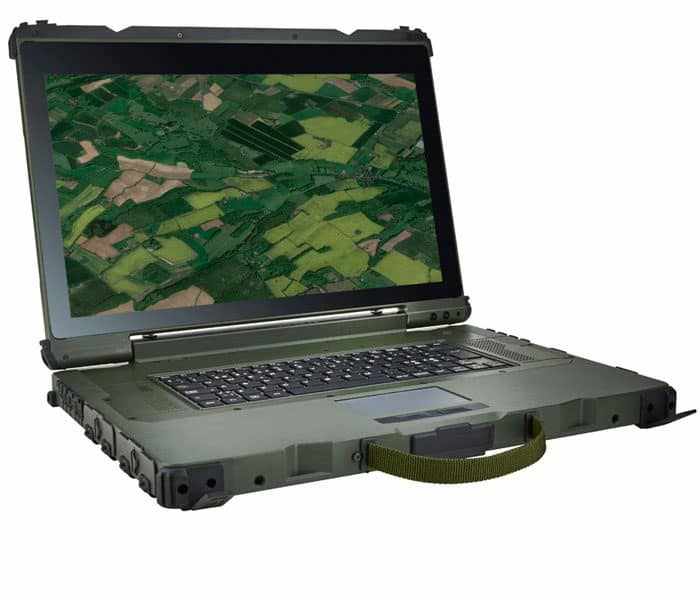
Introduction
The global Rugged Military Computers Market size is projected to grow further, hitting USD 6.95 billion by 2030, with a CAGR of 5.6% between 2025 and 2030. The rugged military computers market is experiencing a dynamic surge in 2025, driven by technological advancements and increasing global defense demands. These specialized computing systems, designed to operate in extreme conditions such as high temperatures, shock, and electromagnetic interference, are critical for modern military operations. Recent innovations, including AI integration, edge computing, and strategic partnerships, are reshaping the industry. This article explores the key drivers, emerging trends, and challenges shaping the rugged military computers market in 2025, based on the latest developments and industry insights.
Technological Innovations Driving the Market
The rugged military computers market is being transformed by cutting-edge technologies tailored for defense applications. In 2025, the integration of artificial intelligence (AI) into rugged systems is a major trend. Rugged AI supercomputers, designed to withstand harsh environments, are enabling real-time data processing for mission-critical operations. These systems support advanced applications like battlefield automation and intelligence analysis, enhancing decision-making in high-stakes scenarios. For instance, Kontron’s recent launch of the µDARC ruggedized microserver highlights the industry’s focus on compact, high-performance solutions for networked defense operations.
Edge computing is another significant driver. By processing data closer to the source, rugged military computers reduce latency and enhance operational efficiency in remote and contested environments. Companies like Neousys Technology have introduced fanless embedded systems, such as the Nuvo-9000 series, which offer robust performance in extreme conditions. These advancements ensure that military personnel can access real-time insights, even in areas with limited connectivity, making them indispensable for modern warfare.
Defense Modernization and Rising Demand
Global defense modernization initiatives are a key catalyst for the rugged military computers market. Nations worldwide are upgrading their military capabilities to address evolving threats, including cybersecurity risks and network-centric warfare. Rugged computers, built to MIL-STD-810 and MIL-STD-461 specifications, are designed to withstand harsh conditions while maintaining secure and reliable performance. This makes them essential for applications across air, land, and naval platforms.
In 2025, the demand for rugged laptops, tablets, and handheld devices is surging, particularly for ground and naval operations. Tablet-style rugged computers, with their large screens and durability, are leading the market, especially for field applications. These devices are critical for tasks like navigation, communication, and surveillance, enabling seamless integration into multi-domain operations (MDO) that span land, air, sea, space, and cyber domains. The emphasis on MDO is driving investments in rugged systems that can handle complex, interconnected operations.
Key Industry Players and Strategic Partnerships
The rugged military computers market is highly competitive, with major players like BAE Systems, Curtiss-Wright Corporation, Getac Technology Corporation, and Panasonic Corporation leading the charge. These companies are investing heavily in research and development to deliver innovative solutions. For example, Concurrent Technologies’ Hornet, a compact and rugged system for mission-critical applications, underscores the industry’s focus on versatility across land, sea, and air operations.
Strategic partnerships are also shaping the market. Companies are collaborating with defense primes to enhance their offerings and expand into emerging markets. These partnerships focus on developing modular embedded systems and rugged processors that meet the specific needs of military applications. By aligning with defense modernization programs, industry leaders are ensuring that their products remain at the forefront of technological innovation.
Regional Growth and Emerging Markets
North America remains the dominant region in the rugged military computers market, driven by its advanced defense infrastructure and significant investments in cybersecurity and AI. The United States, in particular, is a key market, with its focus on upgrading military fleets and integrating advanced electronics into defense systems. Europe is also a significant player, with countries investing in rugged computing solutions to support NATO-led initiatives and counter regional security threats.
Asia-Pacific is emerging as the fastest-growing region, fueled by rising defense budgets and geopolitical tensions. Countries like India, China, and Japan are investing in rugged military computers to enhance their battlefield capabilities. The Middle East and Africa are also witnessing growth, as governments prioritize modernizing their defense systems to address security challenges. These regions offer significant opportunities for market expansion, particularly for cost-effective and scalable solutions.
Challenges in the Market
Despite its growth, the rugged military computers market faces several challenges. The high cost of developing and deploying advanced rugged systems can be a barrier, especially for smaller defense budgets in emerging markets. Additionally, the need for skilled personnel to operate and maintain these complex systems is a persistent issue, as training programs are not universally accessible. Supply chain disruptions, including shortages of critical components like semiconductors, also pose risks to production and delivery timelines. Finally, stringent regulatory requirements and lengthy certification processes can delay the deployment of new technologies.
Opportunities for Future Growth
The rugged military computers market is ripe with opportunities, particularly in the integration of IoT and advanced cybersecurity measures. The combination of rugged computing with IoT networks is enabling real-time monitoring and data collection in remote environments, creating new avenues for innovation. Post-quantum cryptography (PQC) is also gaining traction as a standard cybersecurity measure, protecting military systems from emerging threats posed by quantum computing advancements.
The focus on modular embedded systems is another growth driver. These systems offer flexibility and adaptability, allowing militaries to customize solutions for specific missions. Additionally, the rise of unmanned systems and autonomous vehicles is increasing demand for rugged computers capable of supporting advanced sensors and communication systems. As global tensions rise, the need for secure, intelligent, and durable computing solutions will continue to drive market growth.
Conclusion
In 2025, the rugged military computers market is thriving, propelled by technological innovations, defense modernization, and growing demand for resilient computing solutions. AI integration, edge computing, and strategic partnerships are transforming the industry, enabling militaries to address complex challenges in modern warfare. While high costs and regulatory hurdles present challenges, opportunities in IoT, cybersecurity, and emerging markets signal a bright future. As defense needs evolve, rugged military computers will remain a cornerstone of mission-critical operations, ensuring resilience and performance in the most demanding environments.






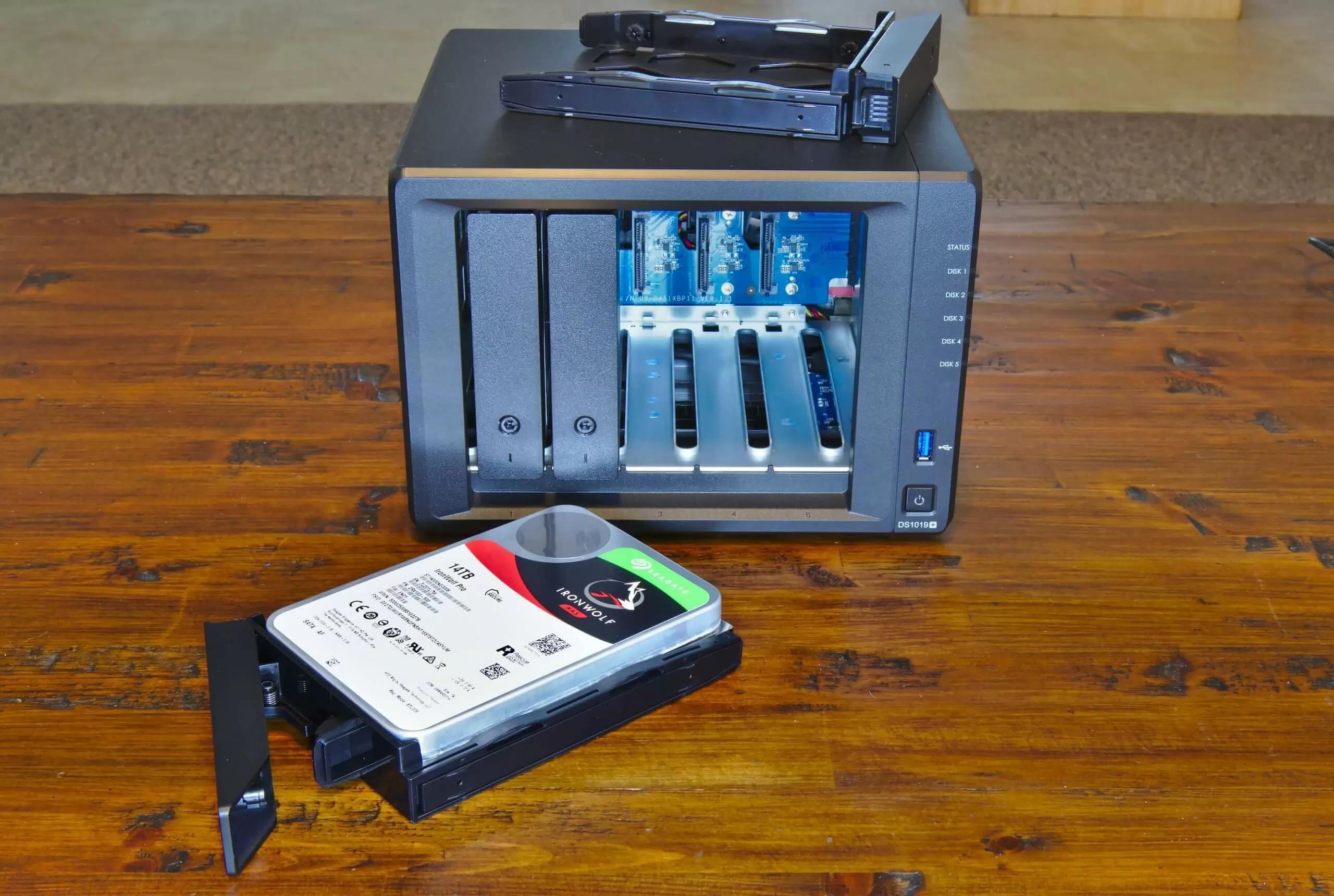
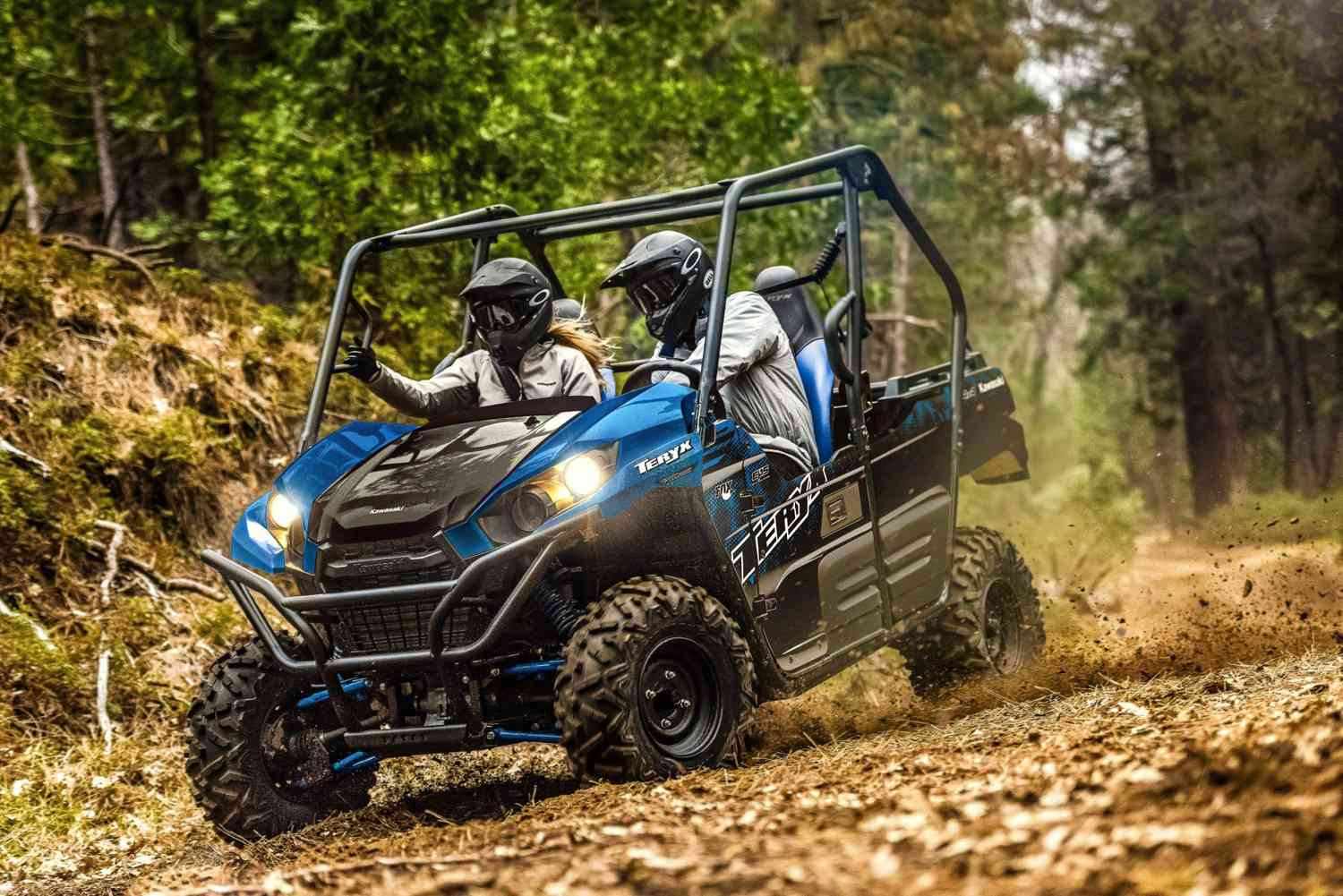


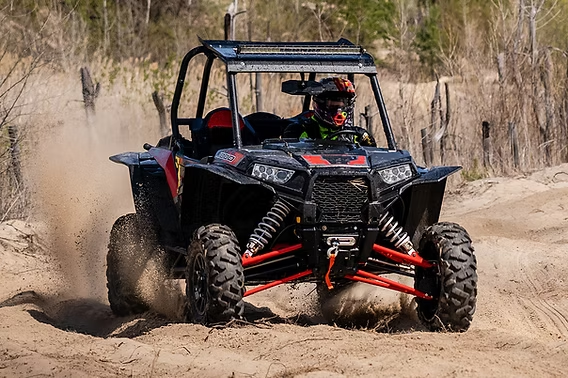
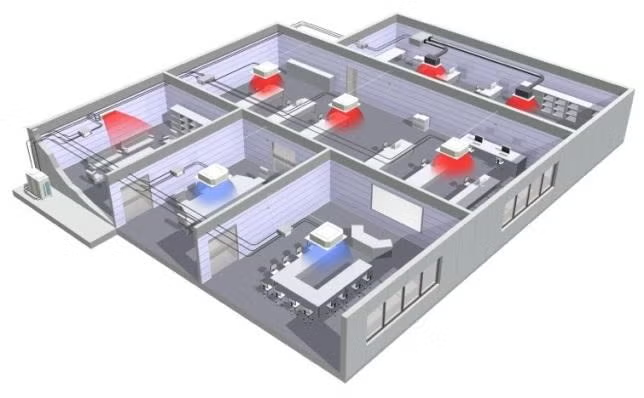





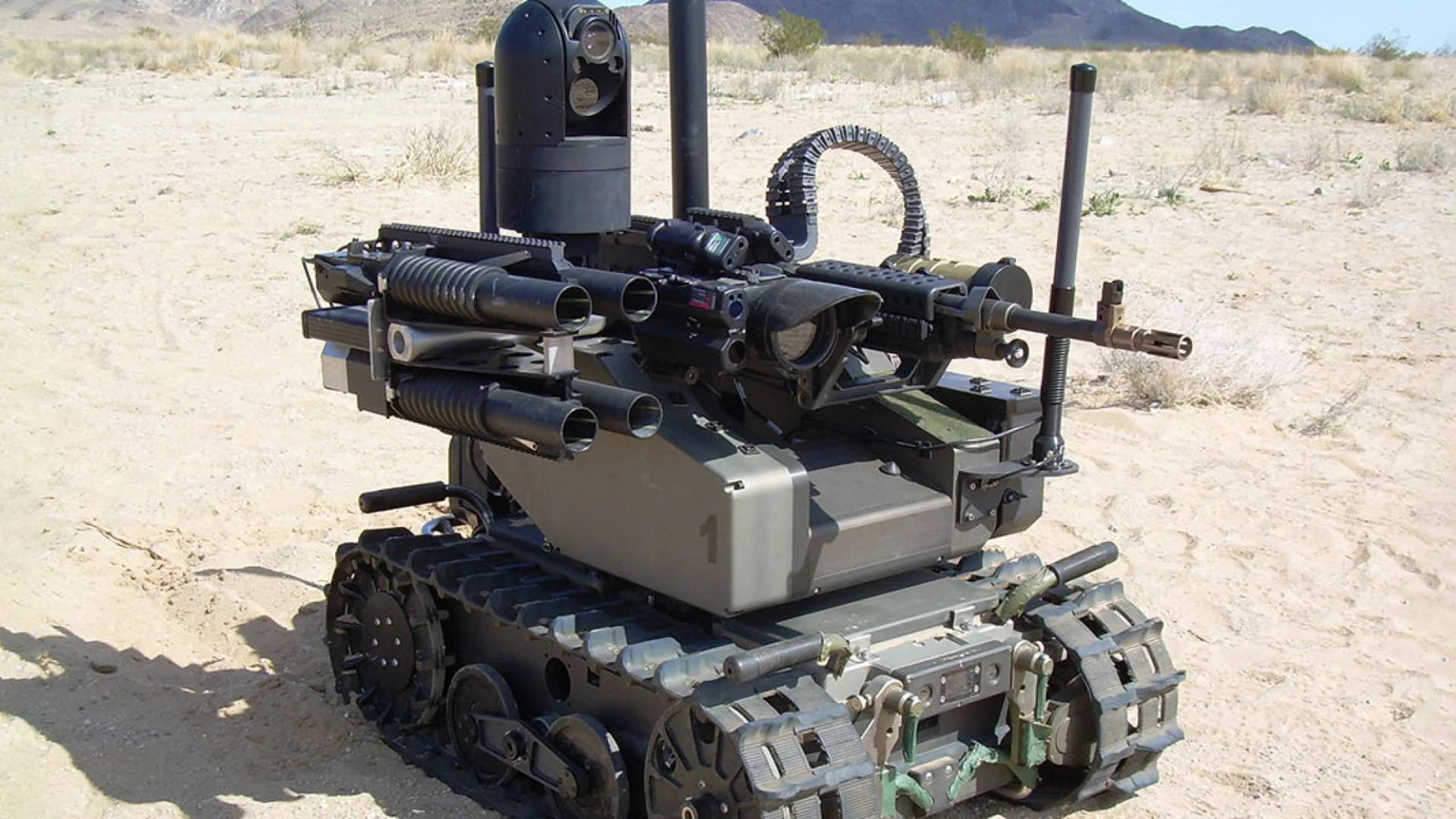
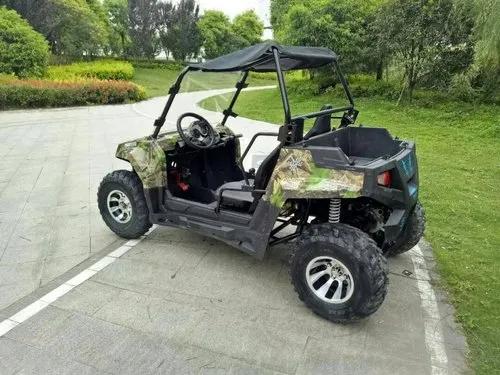
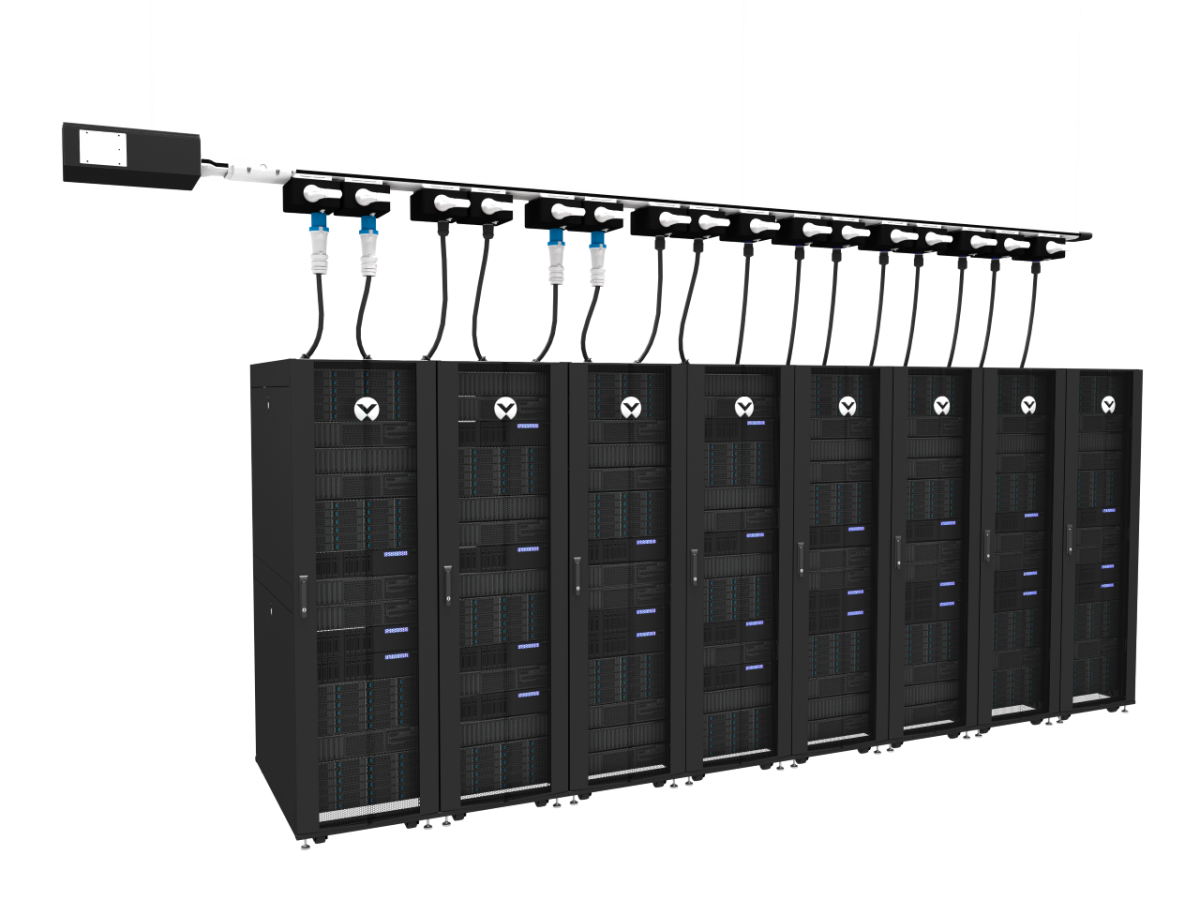
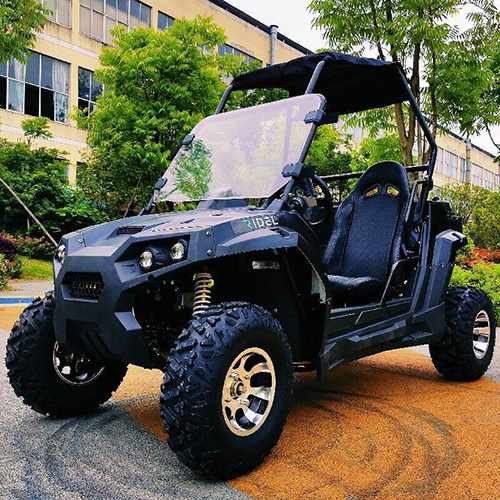
Write a comment ...